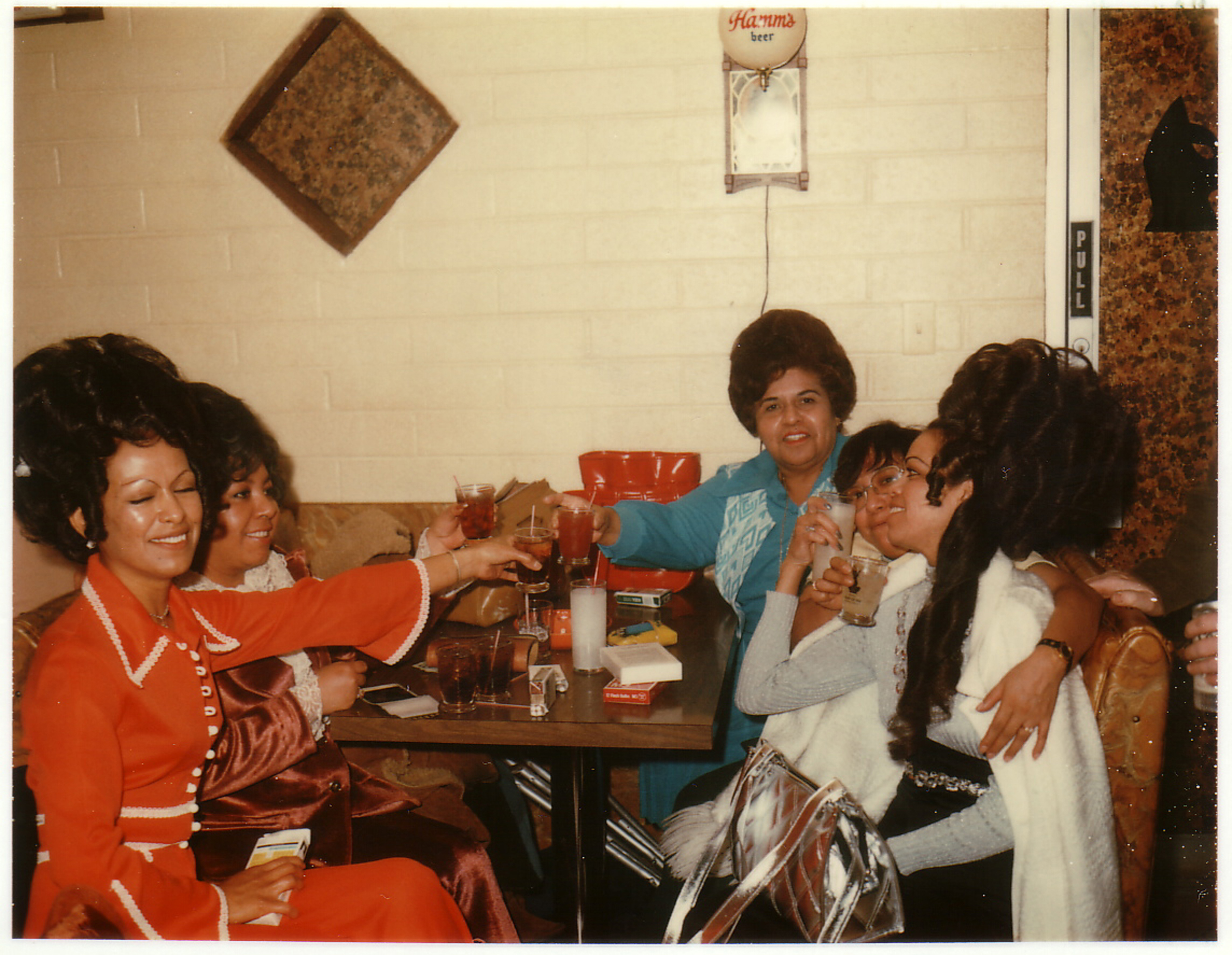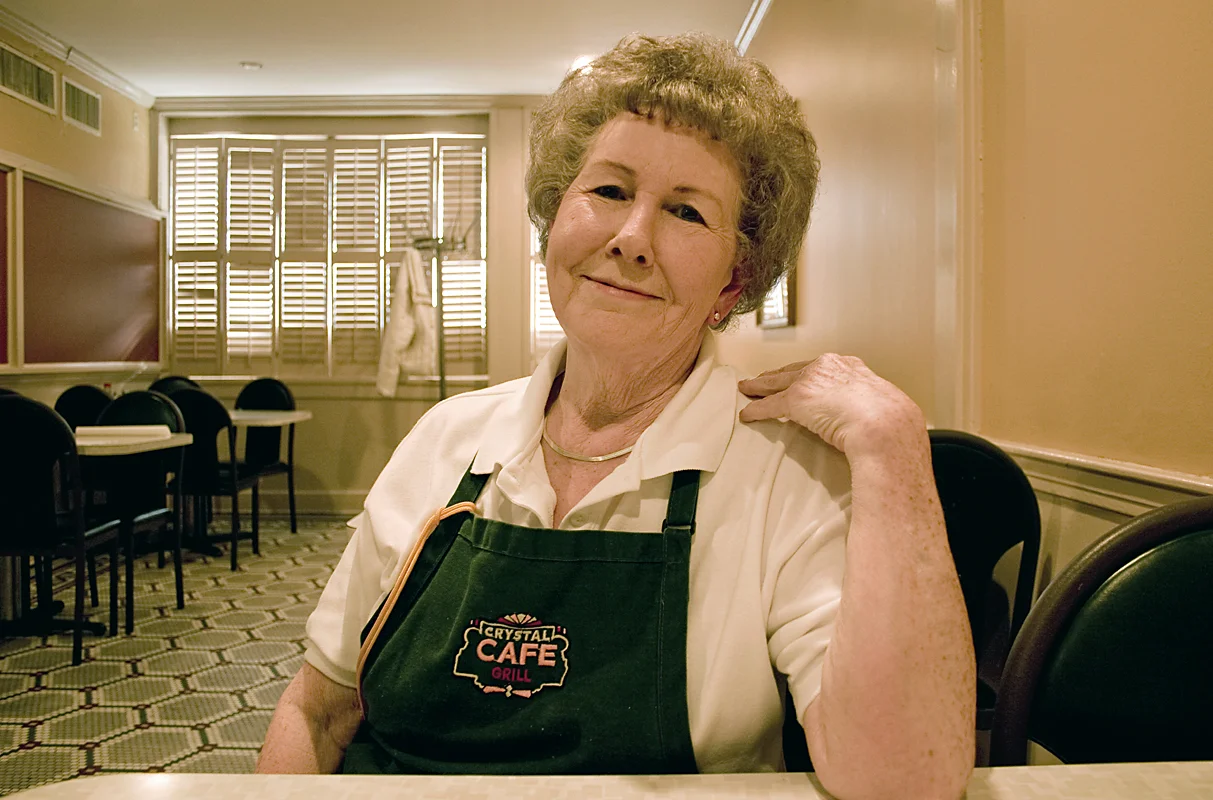Jean Joseph - Al's Good Food. San Francisco, CA
Why devote my career to studying and celebrating waitresses? First of all they are some of the most under-valued workers in America. How do I know? I waited tables for almost a decade. I spent many nights rubbing my swollen feet and I knew how painful it was to be yelled at by a hostile customer. Most sociologists write about jobs they have never done. The fact that I had waitressed for so many years helped my research tremendously. I wasn’t an outsider trying to understand the plight of the hard-working server. They trusted me. During interviews we traded insider stories about the industry and tricks of the trade. I was one of them.
Based on my own waitressing experience, I expected to meet women who felt overworked and under-appreciated, but that’s not what I found. All but a few said they loved their jobs and if given the opportunity, they “wouldn’t do anything else.” I thought, how can this be true? Waitressing can be a grueling, thankless job. And where were all the complaints about carpal tunnel and varicose veins?
After five more years of research and listening to heartfelt testimonies about the job, I took a closer look at their lives. I analyzed their work environment. I studied theorists, academics, and historians who wrote about sociology, gender, ethnography, labor, restaurants, spatial politics, and power. I read Michel Foucault, John Berger, Barbara Ehrenreich, James Clifford, Dorothy Sue Cobble, William Foote Whyte, Studs Terkel, Richard Gutman, Mike Rose, Victor Burgin, and many others. I considered that, although we had the same job, an older waitress’s experience might be different from mine because we were raised in a different time.
Career waitresses know how to make the job easier. In many cases, their seniority status earns them a higher hourly wage and respect from their coworkers and managers. Ironically, the physical and mental labor keeps them healthy instead of wearing them out, and their regular customers make the job more enjoyable and profitable. Regulars often leave better tips than strangers who are just passing through. These are not poor, struggling women. Most of the career waitresses I know are financially stable, they own their homes, drive newer cars, and many have sent their children to private schools. That's why I wrote the book.
Dolores Jeanpierre - Ole's Waffle House. Alameda, CA
"Counter Culture" is not a scholarly study, a memoir, or a historical account of waitressing. And even though there are over 100 photographs, it’s more than a coffee-table book of a pop culture icon. It combines oral history interviews, cultural criticism and photography to recognize an overlooked group of working women who have brought meaning and culture to the American roadside dining experience. It show how career waitresses are different from average service workers; it investigates issues of power in the workplace; it shows how older waitresses are physically able to handle the job; it explains why they are marginalized and sexualized in popular culture; it examines the work ethic of their successors, and reveals why they choose to keep working well past retirement age. Ultimately, it explains how these women have taken a job that many people avoid and made it their livelihood.
I have launched a crowd funding campaign to produce an App, eBook and product line to celebrate the incredible women I interviewed for “Counter Culture"
http://www.indiegogo.com/projects/celebrate-the-women-in-counter-culture
Counter Culture Facebook Page - https://www.facebook.com/CounterCultureDiner
Read it for yourself.


















